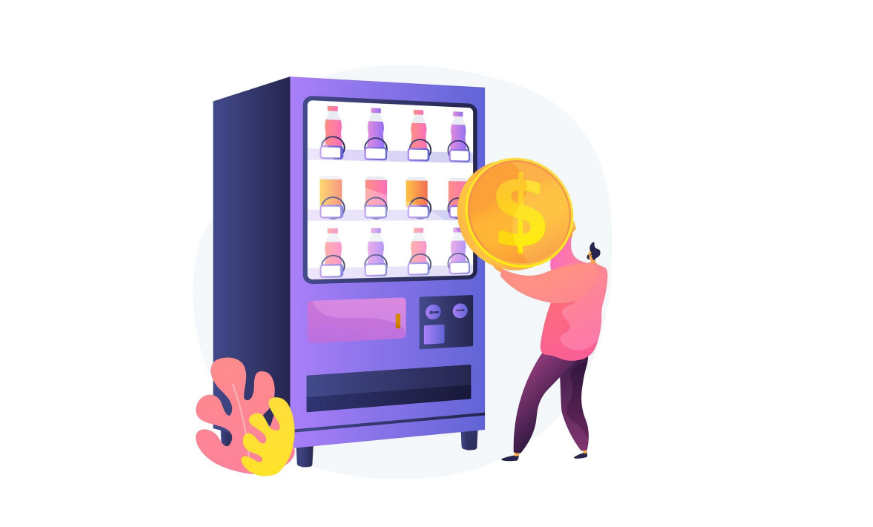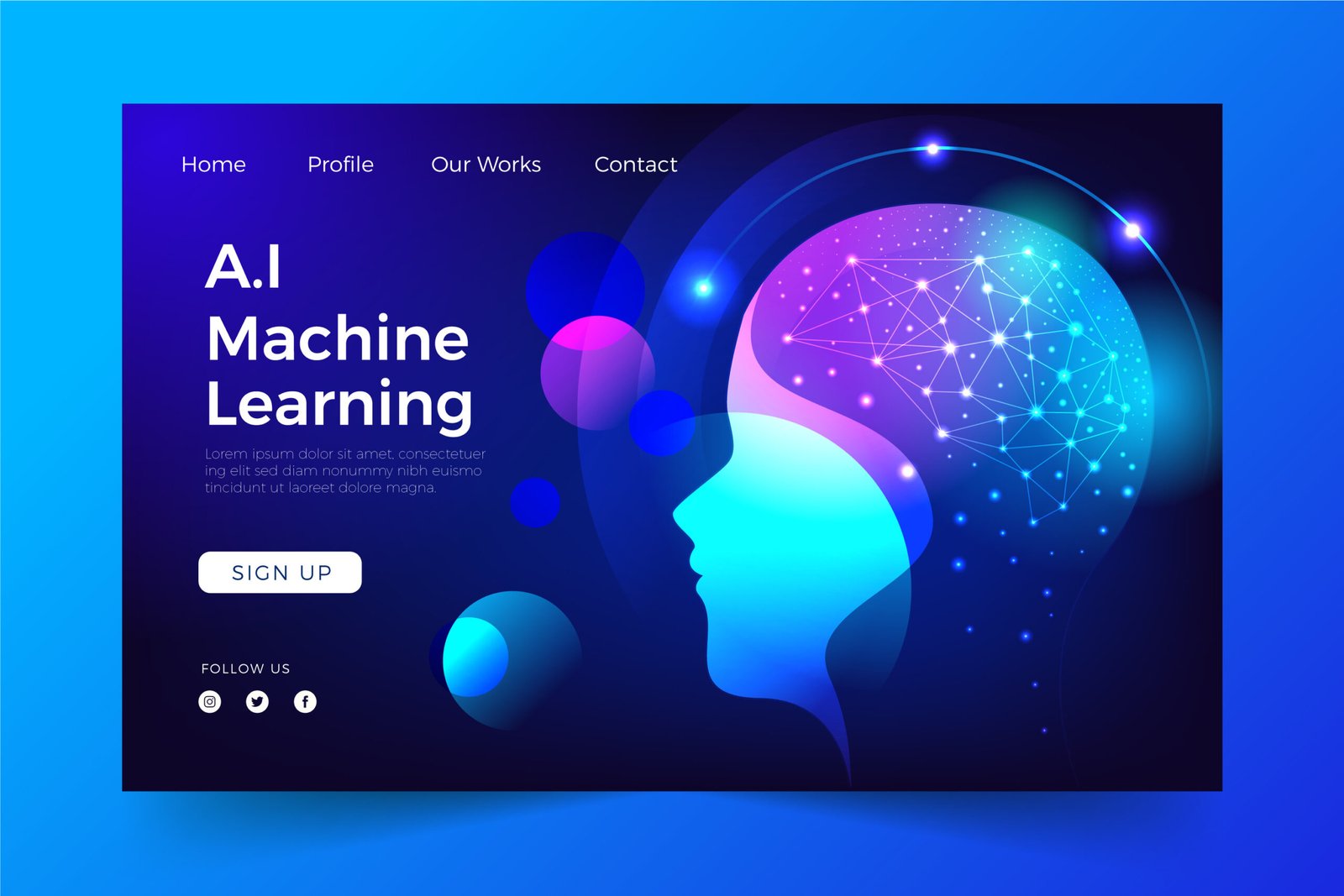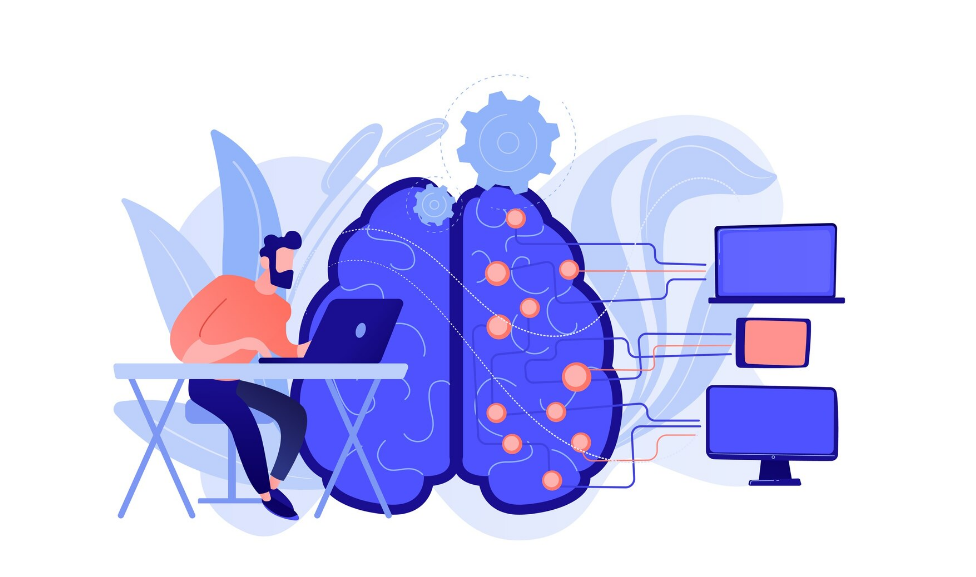In the hyper-competitive arena of B2B sales and marketing, the notion of “right place, right time” has evolved into a strategic imperative. Gone are the days when a broad marketing blast and a spray-and-pray sales approach yielded consistent returns. Today, businesses are drowning in data, yet often starved for actionable intelligence. This paradox highlights the critical need for a more precise, data-driven methodology: Intent-Based B2B Marketing.
Imagine possessing the foresight to know exactly when a potential buyer within your target account is actively researching solutions like yours, grappling with the very problems your product solves, and moving closer to a purchasing decision. This isn’t a futuristic fantasy; it’s the tangible reality offered by intent-based marketing. It’s about shifting from guessing to knowing, from reactive to proactive, and ultimately, from hopeful outreach to highly relevant engagement.
The Evolution of B2B Marketing: From Mass Appeal to Precision Targeting
For decades, B2B marketing largely relied on firmographic data (company size, industry, revenue) and demographic data (job title, seniority). While useful for initial segmentation, these broad strokes rarely painted a complete picture of a buyer’s immediate needs or readiness to purchase. Marketers would create campaigns based on general assumptions, leading to significant wasted effort and budget on prospects who were simply not in the market.
Then came the rise of inbound marketing, emphasizing content creation to attract potential buyers. This was a crucial step forward, enabling businesses to become valuable resources. However, even with inbound, identifying which specific prospects among your website visitors were truly “in-market” remained a challenge. Many were just casually Browse.
Intent-based marketing is the logical next step in this evolution. It moves beyond who a company is and what their employees do, to focus on what they are actively doing right now. It’s about capturing the digital breadcrumbs buyers leave across the internet – search queries, content consumption patterns, forum discussions, review site visits – to infer their immediate needs and purchase propensity. This allows B2B marketers to intervene at the most opportune moment, transforming generic outreach into hyper-relevant, value-driven conversations.
Deconstructing Intent: First-Party vs. Third-Party Data
To truly grasp intent-based marketing, it’s vital to understand its data foundation. Intent data can generally be categorized into two primary types:
1. First-Party Intent Data (Proprietary Insight): This is the most valuable and direct form of intent data, originating from interactions with your own digital assets. It represents direct engagement with your brand and offers an unparalleled view into a prospect’s journey with you. Examples include:
- Website Behavior: Pages visited (e.g., pricing pages, product comparison pages, solution-specific landing pages), time spent on page, downloads (e.g., whitepapers, case studies, product datasheets), video views. A sudden increase in visits to a specific product page from a target account is a powerful intent signal.
- Content Engagement: Email opens and click-throughs, webinar registrations and attendance, e-book downloads, interaction with interactive tools (e.g., ROI calculators).
- CRM and Sales Interactions: Records of past sales calls, demo requests, support tickets, abandoned cart data (for B2B e-commerce).
- Product Usage Data (for existing customers): How often they use certain features, areas where they might be struggling or excelling. This is crucial for cross-sell, upsell, and retention.
Why it’s crucial: First-party data tells you how a specific known individual or account is engaging with your offerings. It validates interest and often signifies a deeper level of engagement.
2. Third-Party Intent Data (Wider Market Signals): This data is collected from a vast network of external websites, publishers, forums, review sites, and other digital sources across the internet. It provides a broader, often earlier, indication of a company’s research activities, even before they engage directly with your brand. Key sources include:
- Content Syndication Networks: Tracking which companies are reading articles, whitepapers, or reports on industry-specific topics across various third-party sites.
- Publisher Networks: Observing a company’s engagement with articles, news, and research published by industry media outlets.
- Search Engine Behavior (Aggregated & Anonymized): While you can’t see individual company search queries, intent data providers aggregate anonymized search data to identify surges in research activity around specific keywords or topics from particular companies.
- Review Sites: Monitoring if companies are comparing solutions on platforms like G2, Capterra, or TrustRadius, and what specific features or vendors they are researching.
- Professional Networks & Forums: Observing discussions and questions posed by employees from target accounts on platforms like LinkedIn, Reddit, or industry-specific forums.
- Job Postings: A company hiring for a specific role (e.g., “AI specialist,” “cybersecurity analyst”) can indicate an upcoming need for related software or services.
- Technographic Data: Identifying the technologies a company currently uses can reveal potential integration needs or opportunities for competitive displacement.
Why it’s crucial: Third-party data helps identify unknown in-market accounts and provides early signals, allowing you to engage with them earlier in their buying journey, sometimes even before they know they need you, or before your competitors do.
By combining and analyzing both first- and third-party intent data, B2B marketers gain an incredibly powerful, holistic view of their target market’s immediate needs and pain points.

The Irrefutable Advantages of an Intent-Based Approach
The shift to intent-based marketing isn’t merely a tactical tweak; it’s a fundamental transformation that delivers profound strategic advantages:
- Elevated Conversion Rates: This is the most compelling benefit. When you target prospects actively researching solutions, their receptiveness to your message skyrockets. You’re not interrupting their day; you’re providing a timely answer to a question they’re already asking. This precision leads to significantly higher conversion rates at every stage of the funnel, from MQL to SQL to closed-won.
- Optimized Marketing Spend & Higher ROI: Traditional marketing often involves a significant degree of guesswork, leading to wasted budget on unqualified leads or uninterested audiences. Intent data eliminates much of this waste by directing your precious marketing dollars towards accounts demonstrating genuine interest. This surgical precision maximizes your Return on Investment (ROI) and allows you to do more with less.
- Accelerated Sales Cycles: Engaging buyers when their intent is high means they’ve likely already completed a significant portion of their research. They are primed for a more direct sales conversation, focused on solutions and implementation rather than basic education. This significantly shortens the sales cycle, bringing revenue in faster.
- Superior Customer Experience & Brand Perception: In today’s buyer-centric world, relevance is currency. When your outreach is tailored to a buyer’s current research or pain points, it’s perceived as helpful and insightful, not intrusive. This personalized approach fosters a positive brand experience, building trust and positioning your company as a knowledgeable partner rather than just another vendor.
- Hyper-Personalization at Scale: Intent data moves personalization beyond just using a prospect’s first name. It enables you to personalize the content of your message, the solutions you propose, and even the tone of your communication based on their demonstrated interests. This level of personalization resonates deeply and increases engagement dramatically.
- Unlocking Competitive Advantage: While the adoption of intent data is growing, many B2B organizations are still playing catch-up. By implementing a robust intent-based strategy, you gain a significant first-mover advantage. You can identify and engage with in-market buyers before your competitors even realize these opportunities exist, allowing you to shape the narrative and establish your solution as the preferred choice.
- Smarter Product Development & Market Insights: Beyond sales and marketing, aggregated intent data can provide invaluable insights for product development and market strategy. Identifying widespread interest in specific features, solutions to particular problems, or emerging trends can guide your R&D efforts and help you stay ahead of market demands.
Building Your Intent-Based B2B Marketing Framework: A Step-by-Step Guide
Implementing an effective intent-based strategy requires careful planning, the right technology, and seamless alignment between marketing and sales.
Step 1: Refine Your Ideal Customer Profile (ICP) and Buyer Personas You can’t track intent effectively if you don’t know who you’re looking for. Go beyond basic firmographics. Define:
- ICP: What industries, company sizes, revenue ranges, and geographic locations are your best-fit accounts? What are their common challenges and goals?
- Buyer Personas: Within those accounts, who are the key decision-makers, influencers, and end-users? What are their specific roles, responsibilities, pain points, and preferred communication channels? The more granular, the better.
Step 2: Identify Key Intent Signals Specific to Your Business This is not a one-size-fits-all exercise. Brainstorm and prioritize the digital behaviors that most strongly indicate buying intent for your products or services.
- High Intent Signals (Strong Indicators): Visiting pricing pages, requesting a demo, downloading a comparison guide, visiting competitor websites, searching for “[your product category] reviews.”
- Medium Intent Signals (Moderate Indicators): Visiting solution pages, downloading a general industry whitepaper, attending a relevant webinar, searching for “how to solve X problem.”
- Low Intent Signals (Early Indicators): Reading blog posts about general industry trends, following your company on social media, visiting your careers page (can indicate growth or change).
Step 3: Invest in the Right Intent Data Platforms and Tools To gather comprehensive intent data, you’ll likely need a combination of tools:
- Website Analytics (e.g., Google Analytics 4, Adobe Analytics): For first-party website behavior.
- CRM (e.g., Salesforce, HubSpot, Zoho CRM): To track interactions with known leads and accounts.
- Marketing Automation Platform (MAP) (e.g., HubSpot, Marketo, Pardot): For tracking email engagement, content downloads, and lead scoring.
- Third-Party Intent Data Providers (e.g., ZoomInfo, Demandbase, Bombora, TechTarget): These platforms aggregate and analyze vast amounts of third-party data to identify accounts showing intent around specific topics. Choose one that aligns with your budget, target market, and data granularity needs.
- Account-Based Marketing (ABM) Platforms: Many ABM platforms now integrate intent data directly, facilitating targeted campaigns.
Step 4: Integrate and Centralize Your Data The true power of intent data emerges when it’s integrated. Connect your website analytics, CRM, MAP, and third-party intent platform so that all signals are centralized and accessible. This creates a unified view of your accounts and their buying journey. A robust data warehouse or a customer data platform (CDP) can be invaluable here.
Step 5: Develop Intent-Driven Content Strategies Your content must align with the buyer’s intent stage.
- Awareness Stage (Low Intent): Broad educational content, blog posts, industry reports that address general problems.
- Consideration Stage (Medium Intent): Solution-oriented content, whitepapers, webinars, case studies, comparison guides, “how-to” articles that help buyers evaluate options.
- Decision Stage (High Intent): Product demos, pricing sheets, testimonials, competitive differentiators, ROI calculators, free trials. Map your existing content to these stages and identify gaps based on the intent signals you’re tracking.
Step 6: Orchestrate Multi-Channel, Personalized Outreach Once intent is detected, activate your marketing and sales teams with synchronized, personalized campaigns.
- Targeted Ads: Run highly specific ad campaigns (display, social media, search) to accounts showing intent for particular keywords or topics.
- Personalized Email Sequences: Craft email nurturing flows that reference the specific intent signals (e.g., “We noticed you’ve been researching [topic X]…”).
- Sales Outreach: Empower your sales team with real-time intent alerts. Provide them with specific insights into what an account is researching so they can craft hyper-relevant cold emails or call scripts. A sales rep knowing a prospect just visited your pricing page can frame their conversation very differently.
- Website Personalization: Dynamically change website content for known visitors or accounts based on their intent signals.
- Webinars/Events: Promote relevant webinars or virtual events to accounts showing interest in specific topics.
Step 7: Foster Sales and Marketing Alignment (Smarketing) This is non-negotiable for success.
- Shared Goals & KPIs: Ensure both teams are working towards common revenue goals and understand how intent data contributes.
- Regular Communication: Set up regular meetings to discuss intent signals, campaign performance, and sales feedback.
- Lead Handoff Process: Define clear Service Level Agreements (SLAs) for when and how intent-qualified leads are passed from marketing to sales.
- Sales Enablement: Train your sales team on how to interpret and leverage intent data in their outreach and conversations. Provide them with talk tracks and content assets tailored to different intent signals.
Step 8: Measure, Analyze, and Continuously Optimize Intent-based marketing is an iterative process.
- Key Metrics: Track metrics like website traffic from target accounts, conversion rates at each funnel stage, sales cycle length, ROI of intent-driven campaigns, and ultimately, revenue attribution.
- A/B Testing: Continuously test different messages, content formats, and outreach channels to see what resonates best with different intent signals.
- Feedback Loops: Establish strong feedback loops between sales and marketing. Sales reps are on the front lines and can provide invaluable insights into the quality of intent signals and the effectiveness of marketing’s support.
- Adaptability: The market and buyer behavior are constantly evolving. Be prepared to adapt your intent signals, content, and strategies based on new data and trends.
The Future is Intelligent, The Future is Intentional
In an increasingly noisy digital world, the ability to cut through the clutter and connect with buyers at their exact moment of need is the ultimate competitive differentiator. Intent-based B2B marketing isn’t just a fleeting trend; it represents a fundamental shift towards more intelligent, efficient, and customer-centric marketing. By moving beyond traditional segmentation and embracing the power of real-time buyer signals, businesses can optimize their marketing spend, accelerate their sales cycles, cultivate superior customer experiences, and ultimately, drive predictable and sustainable revenue growth.
The journey to full intent-based maturity may take time and investment, but the rewards—smarter targeting, higher engagement, and stronger ROI—make it an indispensable strategy for any B2B organization aiming to thrive in the complex digital landscape of today and tomorrow. Embrace the power of intent, and unlock the true potential of your B2B marketing efforts.




